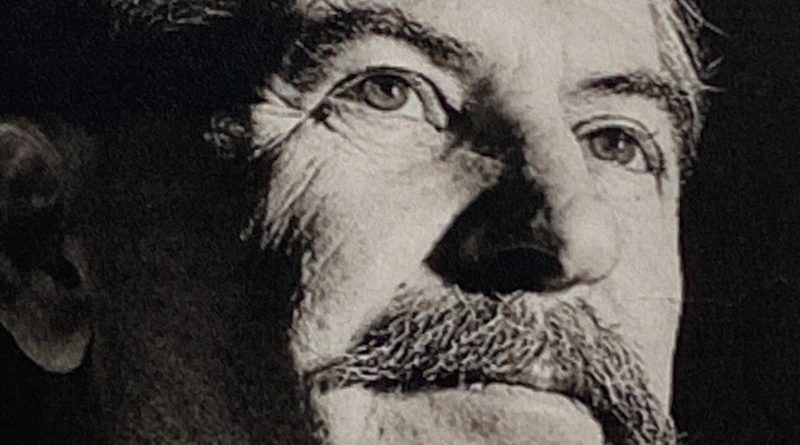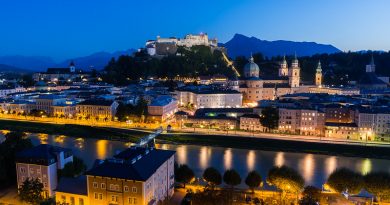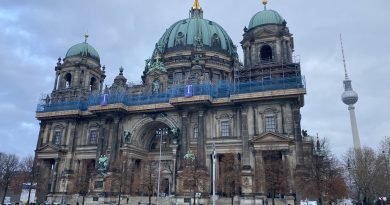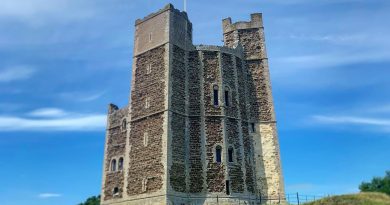Dictators: Joseph Stalin-Architect of The Iron Curtain
Joseph Stalin was the major architect of what Churchill called The Iron Curtain – a divided Europe which was established after World War 2.
Widely considered one of the 20th century’s most significant and divisive figures,Joseph Stalin was the subject of a pervasive personality cult within the international Marxist–Leninist movement, which revered him as a champion of the working class and socialism.
He led the Soviet Union from 1924 until his death in 1953, ruling as a dictator after consolidating power in the late 1920s. He served as General Secretary of the Communist Party of the Soviet Union from 1922 to 1952.
Ideologically adhering to the Leninist interpretation of Marxism, Stalin formalised the state ideology of Marxism–Leninism, while his policies are called Stalinism.
Born to a poor ethnic Georgian family in Gori in the Russian Empire (now Georgia), Stalin initially trained to become a Russian Orthodox priest before abandoning his studies and joining the Marxist Russian Social Democratic Labour Party.
He raised funds for Vladimir Lenin’s Bolshevik faction via robberies, ransom kidnappings, and extortion, and edited its newspaper, Pravda. Repeatedly arrested, he underwent several internal exiles to Siberia.
After the Bolsheviks seized power in the October Revolution of 1917 and created a one-party state under the renamed Communist Party, Stalin joined its governing Politburo. He assumed leadership of the country following Lenin’s death in 1924, and his rivals (including Leon Trotsky) were expelled.
Starting in 1928, five-year plans saw rapid industrialisation and the creation of a highly-centralised command economy. Forced agricultural collectivisation contributed to severe disruptions in grain production and a famine in 1930–1933 which killed millions.
From 1936 to 1938, Stalin orchestrated the Great Purge, in which more than a million were imprisoned, largely in the Gulag system of forced labour camps, and at least 700,000 executed, including many Old Bolsheviks and Red Army officers.
Stalin promoted Marxism–Leninism abroad through the Communist International and supported European anti-fascist movements during the 1930s, particularly in the Spanish Civil War.
In 1939, his regime signed a non-aggression pact with Nazi Germany, enabling the Soviet invasion of Poland. Germany ended the pact by invading the Soviet Union in 1941, after which Stalin joined the Allies of World War II as one of the Big Three.
Despite initial catastrophes, the Soviet military repelled the German invasion and captured Berlin in 1945, ending World War II in Europe. The Soviet Union, which had repelled German occupation of Eastern Europe during the war, established Soviet-aligned governments there , emerging as a global superpower and entering the Cold War with the United States.
Stalin presided over the blockade of Berlin necessitating the historic airlift in 1948-49 and then the first test of a Soviet atomic bomb in 1949.
After Stalin’s death in 1953, he was succeeded by Nikita Khrushchev, who denounced his rule and began de-Stalinisation of Soviet society.
Since the dissolution of the Soviet Union in 1991, Stalin has retained some popularity as an economic moderniser and wartime leader who cemented the Soviet Union’s status as a superpower.
Nevertheless, his totalitarian regime has been widely condemned for mass political repression, forced labour, resettlements and deportations of ethnic minorities, hundreds of thousands of executions, and famines which killed millions.
Destination – Europe




